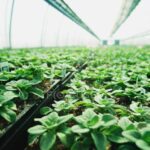What Are Gibberellins?
Gibberellins are a group of plant hormones that play a crucial role in the growth and development of plants. They are produced in various parts of the plant, such as young shoots, leaves, seeds, and roots, and regulate a wide range of physiological processes, including stem elongation, seed germination, flowering, fruit formation, and ripening. Gibberellins interact with other plant growth regulators to coordinate plant development in response to environmental conditions and internal signals. Their discovery and study have been fundamental to understanding how plants grow and develop.
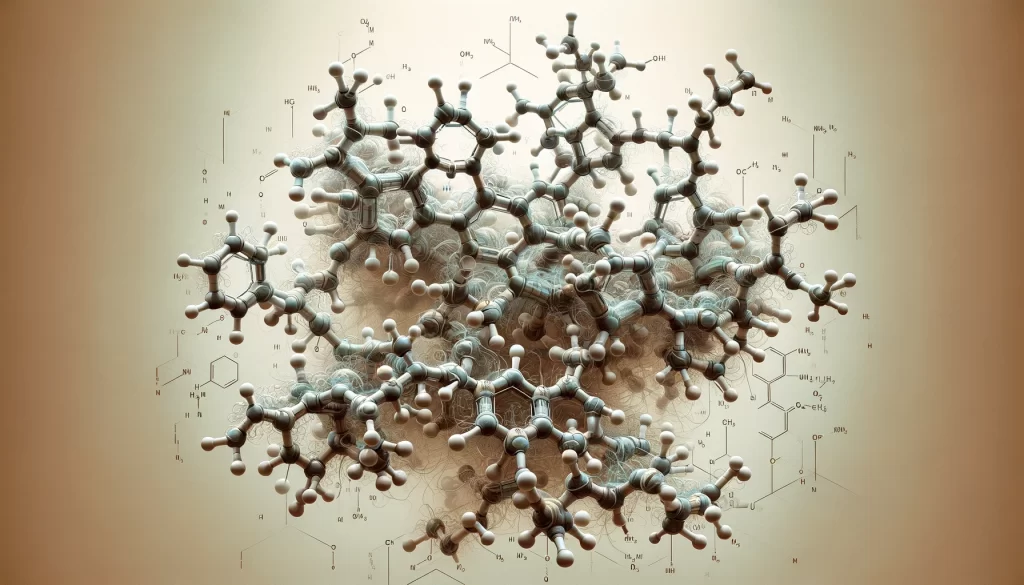
Gibberellins can be obtained from various sources, both natural and synthetic:
- Plant extraction: Gibberellins can be extracted from plant tissues, such as young shoots, seeds, leaves, or roots. This method involves extracting plant hormones from parts of the plant that are rich in gibberellins and then purifying them.
- Microbial fermentation: Gibberellins can also be produced through microbial fermentation using microorganisms such as fungi and bacteria. These microorganisms can synthesize gibberellins as part of their metabolism, and gibberellins can be recovered from the fermentation medium.
- Chemical synthesis: Gibberellins can also be chemically synthesized in the laboratory. Although this method is more expensive and laborious than extraction or fermentation methods, it allows for the production of gibberellins in specific quantities and with high purity.

Regardless of the method of acquisition, gibberellins used in agriculture and horticulture are often commercially available in the form of formulated products, such as liquid concentrates or soluble powders, designed for easy application in crops. These products typically contain gibberellins in specific concentrations and are used according to manufacturer recommendations and crop needs.
The Impact of Gibberellins on Cultivation

Promotion of Growth
Gibberellins are used in agriculture and horticulture primarily to manipulate plant growth and development. Some common uses of gibberellins include:
- Growth promotion: Gibberellins can be applied to stimulate the growth of stems, leaves, and fruits in plants, which can be useful for increasing crop yield.
- Induction of flowering: In certain plants, gibberellins can induce flowering, which is especially useful in crops that require a specific flowering period to produce fruits.
- Increase in fruit production: By applying gibberellins at certain times during a plant’s growth cycle, fruit production can be increased or their quality improved.
- Germination control: Gibberellins can help overcome seed dormancy by promoting germination, which is useful in seedling production in nurseries and in the propagation of certain species.
- Regulation of development: On some occasions, gibberellins are used to control the development of specific plant organs, such as stem elongation or root formation.

Crops and the Use of Gibberellins
The use of gibberellins in agriculture may be recommended in a variety of crops, depending on specific production goals and growing conditions. Some crops in which the use of gibberellins is recommended include:
- Cereal crops: Such as rice, wheat, maize, barley, and rye, where gibberellins can promote the growth of stems, leaves, and spikes, resulting in more robust plants and higher grain production.
- Fruit trees: Crops such as kiwi, mango, grape, apple, pear, and citrus, where gibberellins can induce flowering, improve fruit set, and increase fruit size and quality.
- Vegetables: Especially in fruiting vegetables such as tomatoes, peppers, eggplants, and squash, where gibberellins can promote the growth of larger and more uniform fruits.
- Berry crops: Like strawberries, raspberries, and blackberries, where gibberellins can increase flower and fruit numbers, thus improving yield and quality.
- Tuber and root crops: Such as potatoes, carrots, and beets, where gibberellins can promote vigorous growth of aboveground plant parts and increase edible root yield.
- Tropical crops: Such as banana, pineapple, and papaya, where gibberellins can accelerate fruit ripening, improve quality, and increase yield.
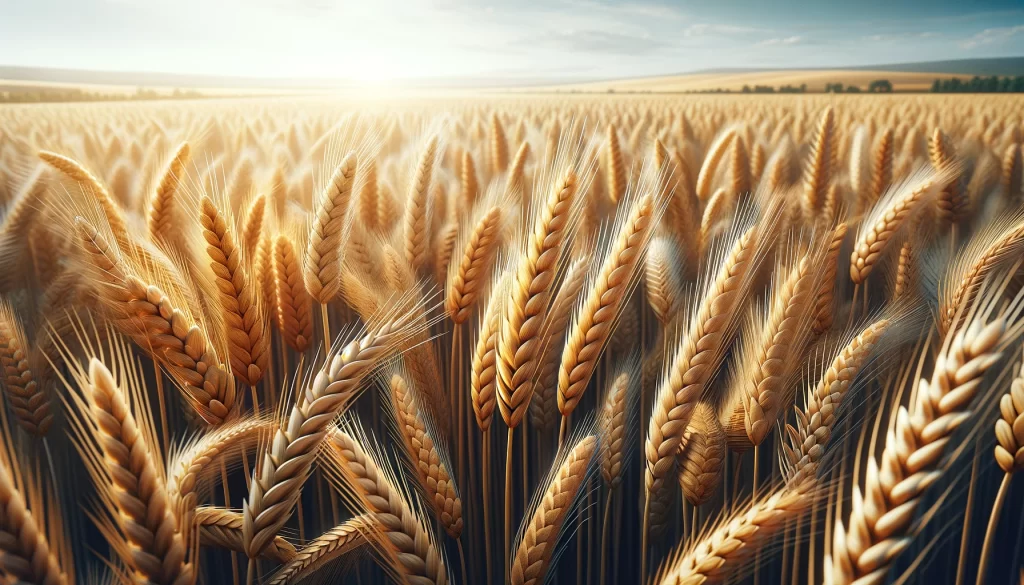
However, it is important to note that the use of gibberellins may vary depending on the species, crop variety, growing conditions, and specific production goals. Therefore, it is recommended to consult with an agronomist or crop specialist before applying gibberellins to determine the appropriate dosage and optimal timing of application based on the specific needs of the crop. Additionally, it is essential to follow local regulations and integrated pest and disease management recommendations.

Practical Applications
Application Techniques
Gibberellins can be applied in various forms, depending on the type of crop, growth stage, and specific application goals. Some common ways of applying gibberellins in agriculture include:
- Foliar application: Gibberellins can be sprayed directly onto plant leaves using a sprayer or atomizer. This is an effective application method, especially when a rapid and direct effect on plant growth or flowering induction is desired.
- Seed treatment: Seeds can be treated with gibberellin solutions before planting to promote uniform and rapid germination, especially in seeds with prolonged dormancy.
- Cutting immersion: In vegetative propagation, such as in seedling production from cuttings, cuttings can be immersed in gibberellin solutions to stimulate rooting and promote vigorous seedling growth.
- Trunk injection: In fruit and ornamental trees, gibberellins can be injected directly into the trunk to induce flowering or promote shoot and branch growth.
- Soil application: In some cases, gibberellins can be applied to the soil around plant roots, where they are absorbed by the roots and transported through the plant vascular system to influence growth and development.
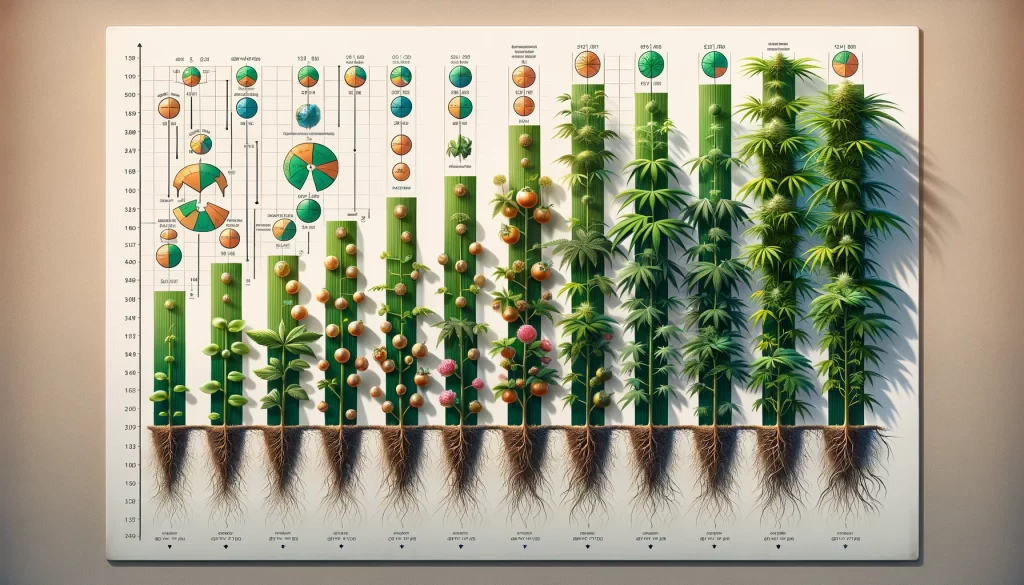
It is important to note that the dosage, concentration, and timing of gibberellin application may vary depending on the type of crop, growth stage, and environmental conditions.
Challenges and Considerations
Although gibberellins offer many benefits, their use must be balanced with environmental and plant health considerations. Excessive use can lead to unintended effects, such as overgrowth of the plant.
Some of these effects include:
- Excessive stem elongation: If gibberellins are applied excessively or at the wrong time, they can cause excessive stem growth, resulting in leggy and weak plants that are more susceptible to wind damage or pests.
- Reduction of disease and pest resistance: Excessive gibberellin-induced growth can weaken plants’ natural resistance to diseases and pests, increasing plant susceptibility to infections and damage by insects and pathogens.
- Reduction in fruit quality: In some cases, excessive gibberellin application can affect fruit quality, making them softer, less flavorful, or with a shorter shelf life.
- Alterations in pollen production: Gibberellins can affect pollen production and viability in some species, which can result in pollination and fertility problems in crops that rely on pollination for fruit and seed production.
- Environmental impact: Excessive or improper use of gibberellins can have negative effects on the environment, such as soil and water pollution, toxicity to wildlife and aquatic organisms, and disruption of natural ecosystems.
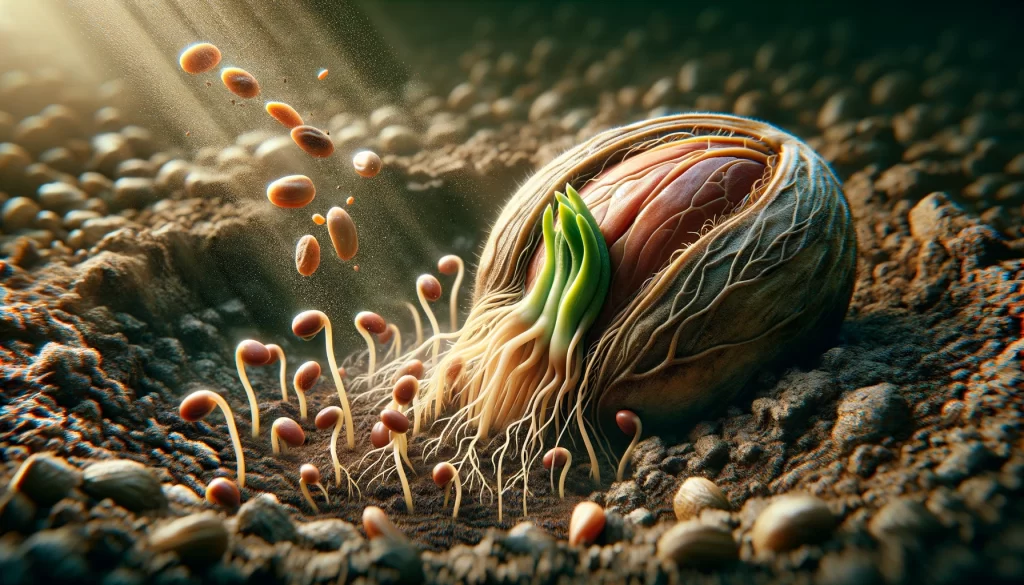
Conclusion
Gibberellins represent a powerful tool in modern agriculture, capable of significantly enhancing crop yield and quality. However, their use must be managed with knowledge and caution to ensure the sustainability and health of plantations.
 AgronoBlog – Agriculture Blog
AgronoBlog – Agriculture Blog 
